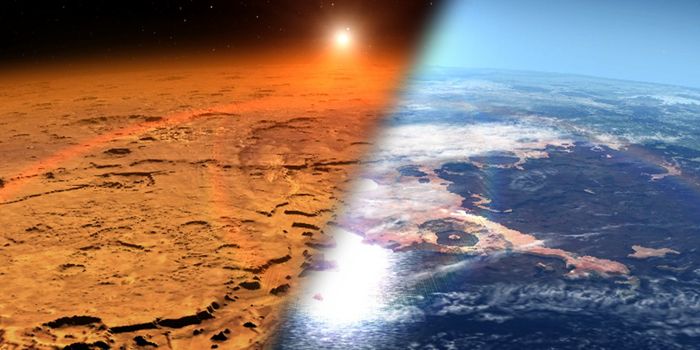You may have heard recently that NASA has been planning a mission to land on an asteroid, capture a bolder, and put it in orbit abound the Moon called the Asteroid Redirect Mission. This may have left you wondering, Is this really the best next mission for NASA? It may have left you feeling... less than inspired. Well, it turns out you're not alone. Last Friday, at the end of its most recent meeting, the NASA Advisory Council officially adopted a finding that the Asteroid Redirect Mission should be dropped, and that NASA should, instead use its new solar electric propulsion system for a mission that orbits Mars. The council said that the mission could still possibly include a sample capture, but why not capture a sample from one of Mars' moons, Phobos or Deimos?

Referring to solar electric propulsion, Steve Squyres, chairman of the advisory committee said, "if this technology is designed to go to Mars and back, let's send it to Mars and back." Squyers wasn't the only one on the council with this view. Their position was unanimous.
Here's some of the text from the council's recommendation:
"High-performance solar electric propulsion (SEP) will likely be an important part of an architecture to send humans to Mars. NASA's current plan is to demonstrate a large SEP stage by using it to maneuver a bolder that has been lifted from the surface of a small asteroid, and to move the boulder to cis-lunar space.
Maneuvering a large test mass is not necessary to provide a valid in-space test of a new SEP stage. We therefore find that a SEP mission will contribute more directly to the goal of sending humans to Mars if the mission is focused entirely on development and validation of the SEP stage. We also find that other possible motivations for acquiring an maneuvering a boulder (e.g., asteroid science, planetary defense) do not have value commensurate with the probable cost.
Instead of relocating a boulder from an asteroid, we suggest that a more important and exciting first use of this new SEP stage would be a round trip mission to Mars, flying it to Mars orbit and then back to the Earth-Moon system and into a distant retrograde lunar orbit."
There are a number of significant advantages of SEP over chemical rockets. First, it is about the tenth of the cost of a chemical rocket that could do the same job. Second, the energy source for SEP is the Sun, so as long as your craft is within the solar system, the fuel source is unlimited. Third, you don't have to haul all of that fuel into orbit with you. SEP is a slower propulsion method than chemical rockets, but as long as the mission is unmanned, capturing a boulder from one of Mars' moons or sending a cargo ship to Mars in advance of a manned mission, for example, this wouldn't really be a problem.
In order to change course and pursue a different mission may take some doing for NASA. There's a lot of political commitment that would have to be re-tracked. There's a whole mission that has already been set in motion. But, if, as the council points out, our goal is to go to Mars, it does seem as though pursuing a mission to Mars, as opposed to a mission to an asteroid is the straightest course.
(Source: NASA)









